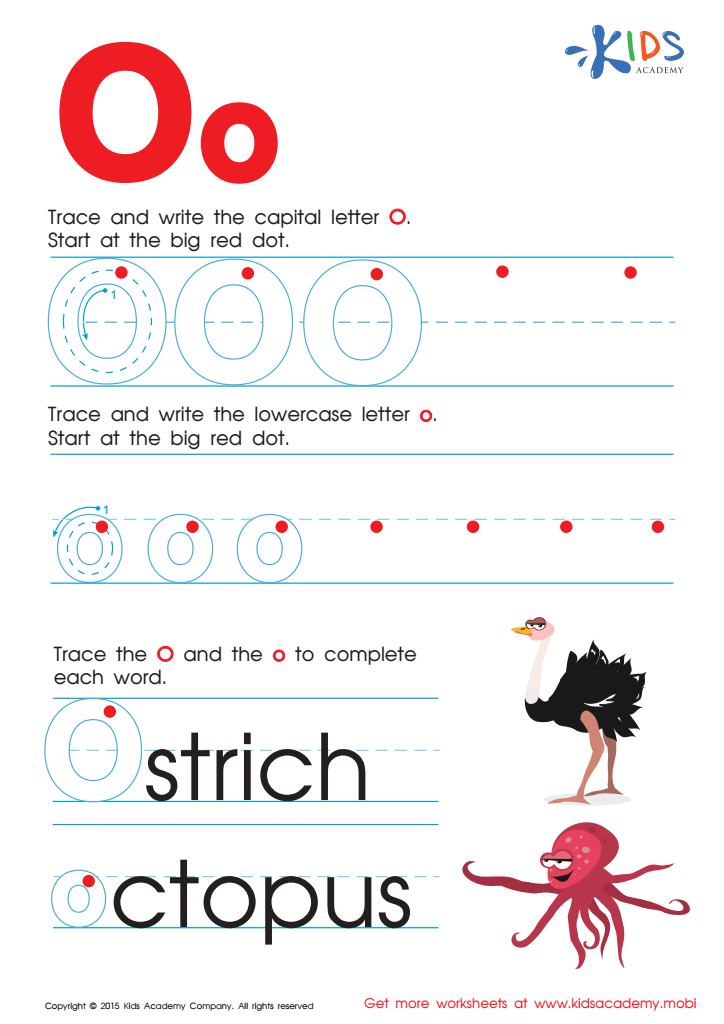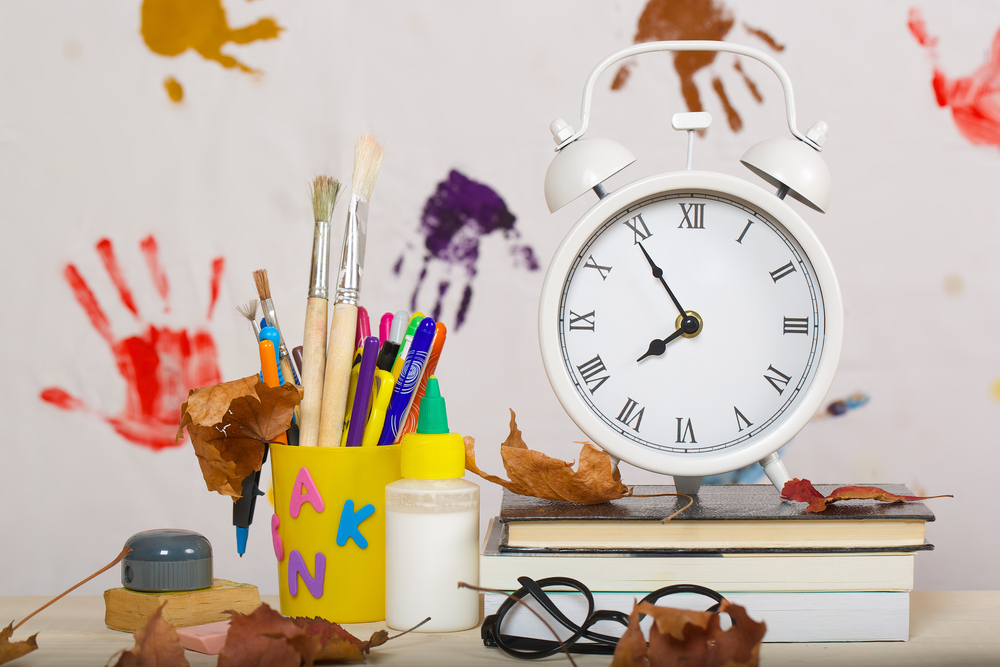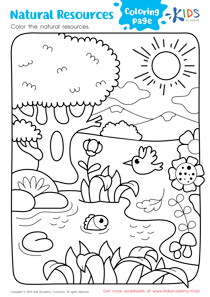Hand-eye Coordination Normal Preschool ABC Order Worksheets
4 filtered results
-
From - To
Enhance your preschooler's hand-eye coordination skills with our engaging ABC Order Worksheets! Designed for early learners, these printable worksheets provide a fun way to practice letter recognition and sequencing. Through activities that merge physical movement with learning, children will strengthen their motor skills while becoming familiar with the alphabet in order. Each worksheet encourages kids to trace, match, and organize letters, fostering an interactive learning experience. These resources make alphabet mastery enjoyable and effective, setting a solid foundation for future literacy skills. Visit us now to download our Normal Preschool worksheets and support your child’s development in a playful, educational way!


Letter O Tracing Page


Letter P Tracing Page


Letter H Tracing Page


Letter D Tracing Page
Hand-eye coordination is a crucial skill for preschool-aged children as it forms the foundation for many everyday activities, such as writing, playing, and following instructions. When parents and teachers focus on enhancing hand-eye coordination, they directly impact a child’s ability to learn and engage with their environment effectively.
In the context of preschool, hand-eye coordination is particularly important as children begin mastering foundational academic skills, including recognizing and ordering the alphabet. By encouraging activities that promote hand-eye coordination—like tracing letters, using scissors, and playing catch—children gain confidence and proficiency in their motor skills, which reinforces their ability to learn alphabetic order.
Moreover, developing hand-eye coordination aids in cognitive development. As children improve this skill, they enhance their concentration and focus, which are critical for following along with lesson plans and participating in group activities. Parents and teachers can collaborate to design playful and engaging tasks that nurture these skills while making learning enjoyable.
Therefore, prioritizing hand-eye coordination in preschool settings not only prepares children for academic success but also supports their social and emotional growth, helping them to become well-rounded learners in and out of school.

 Assign to My Students
Assign to My Students


















